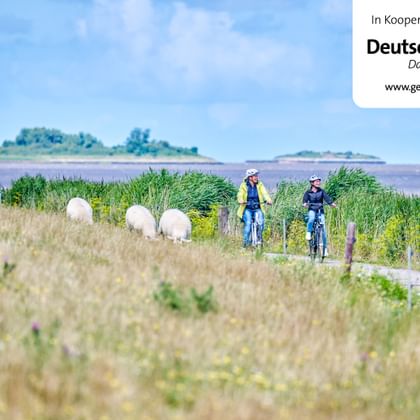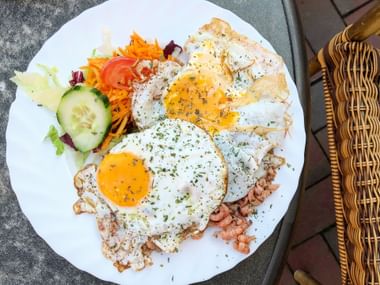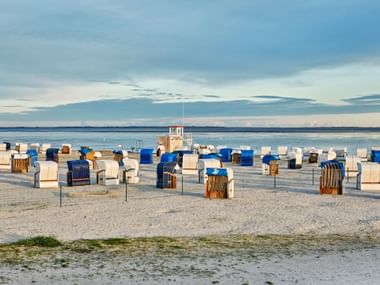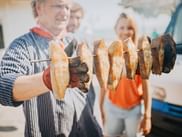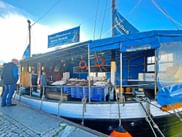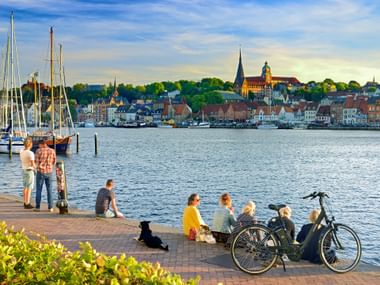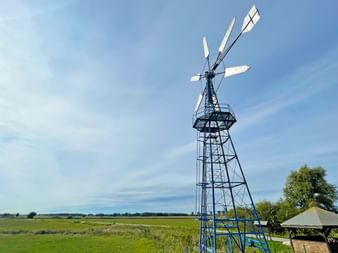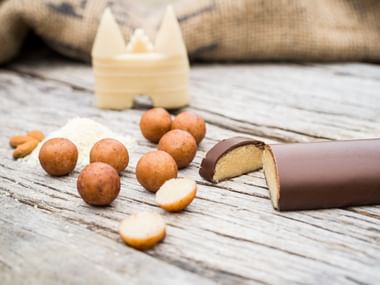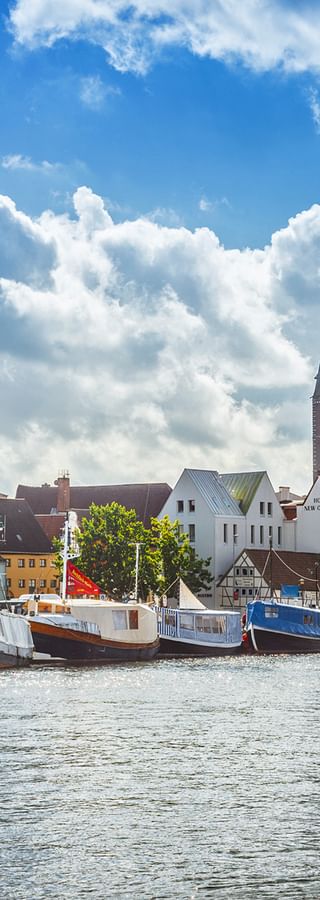Labskaus
At first glance, this traditional dish might seem a little unusual — but its flavor is undeniable. Labskaus originated as a sailor’s meal, made from corned beef, potatoes, and beets. When the ship’s cook (Smutje) had pickled herring and a fried egg available, they were added in as well. Today, Labskaus is often served with pickled gherkins on the side, completing this hearty coastal classic.
Austern Sylter Royal (Sylter Royal Oysters)
These exquisite oysters are a specialty of the island of Sylt and have been cultivated in the Wadden Sea off the island since 1986. They are known for their delicate yet rich flavor and wonderfully tender texture. Often served raw, a simple squeeze of lemon or a dash of Worcestershire sauce perfectly enhances their natural, ocean-fresh taste — a true coastal delicacy.
Eel in Dill Sauce
A beloved specialty of Baltic Sea cuisine, eel is served in a gentle dill sauce that lends a fresh, fragrant note to the dish. The eel’s tender, rich flesh perfectly complements the bright herbal flavor of the dill. Often paired with potatoes, this dish offers a comforting and flavorful experience.

